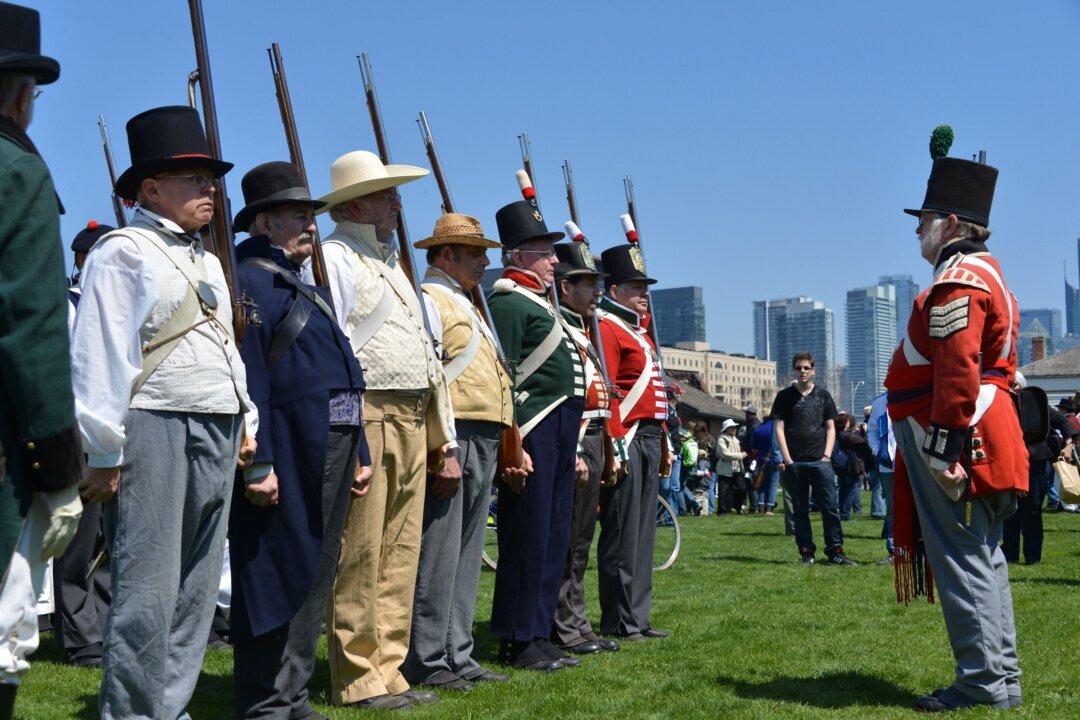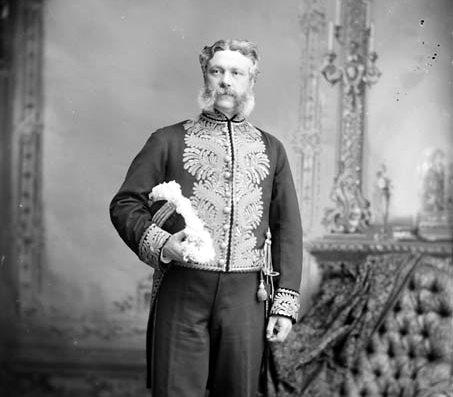Commentary
For nearly 70 years, visitors to Fort York in Toronto have been greeted by the trill of fifing, the beating of drums, the crash of muskets, and the boom of cannon. These authentic 19th-century sounds, along with the colourful sight of red-coated soldiers of the Fort York Guard, have brought Canadian history to life for countless tourists and residents alike.


